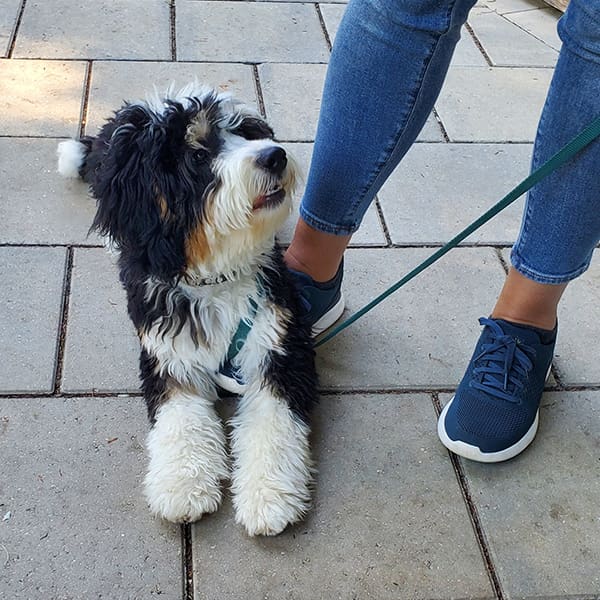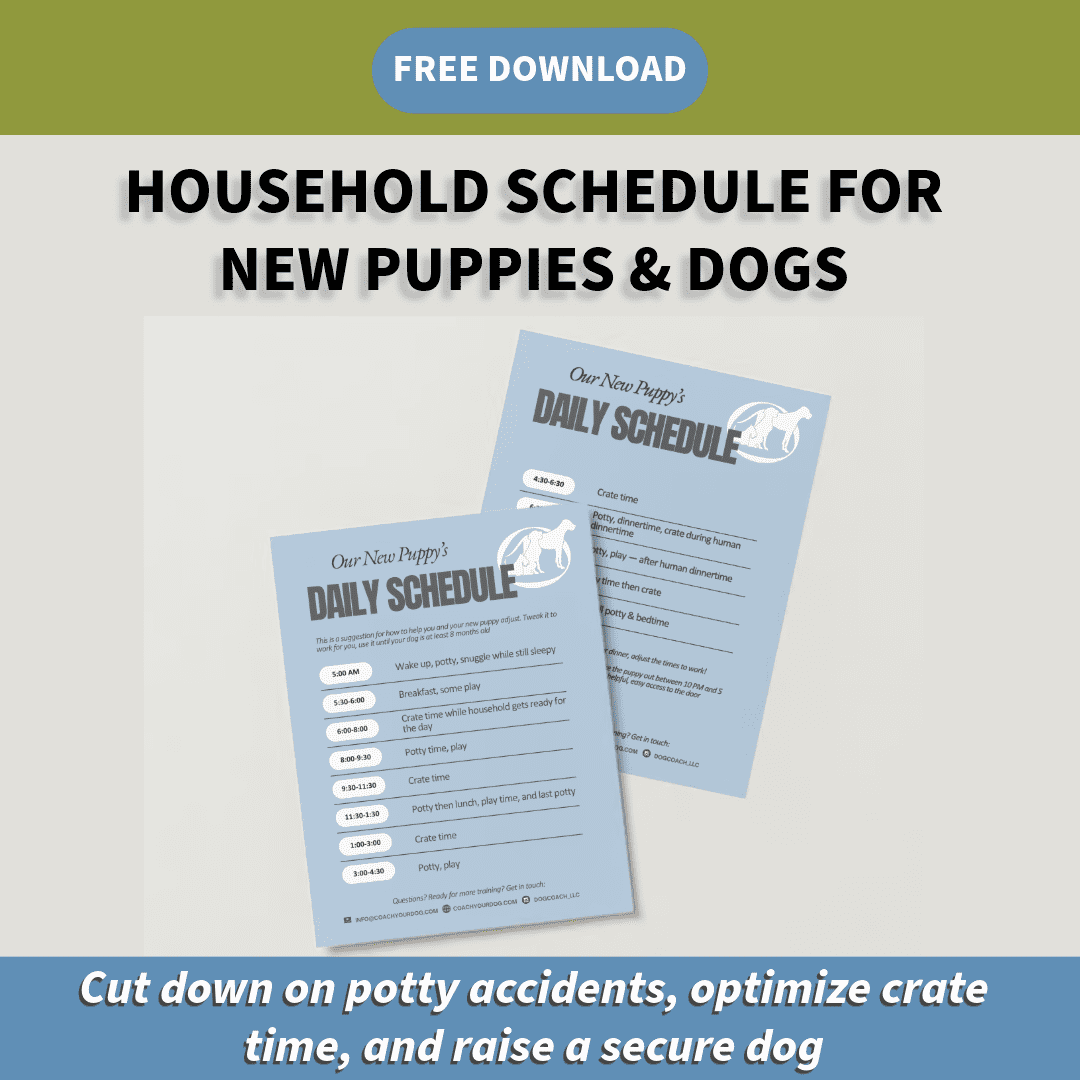- Running your puppy tired doesn’t create a calm dog
- Young puppies don’t have the mental capacity for long walks
- There are more valuable ways to start your puppy toward being an awesome dog
It is best to practice moderate expectations and incorporate short walks into your daily routine. And that means really short: around your backyard, up and down your driveway, in front of your house, and maybe one house over on your sidewalk.
Before 16 weeks old, your puppy will benefit most from learning to follow you on a short walk. 5-10 minutes of getting the puppy to move with you, allowing them to stop and sniff, go potty, and be a young dog is the way to begin an essential on-leash relationship. If after a little while you notice your puppy is excessively biting the leash or decides not to move, you’re likely pushing him too far. Shrink your distance down and focus on the quality of the time spent with your dog rather than the distance covered.
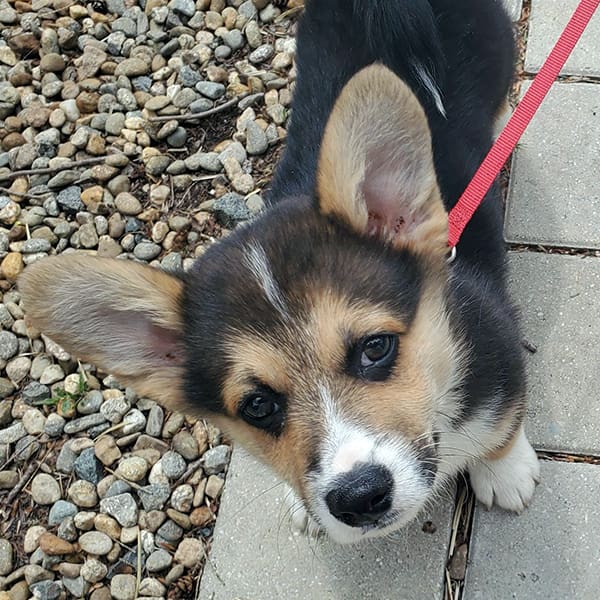
Short walks for your puppy will:
- Strengthen your relationship
- Begin to have them focus on your lead
- Slowly build mental stamina for paying attention
- Start the leash work that communicates future behavior standards
It can be easy to think of your high-energy puppy needing long daily walks and impossible to make him overtired. If you feel like you have a high-energy puppy that you need to “wear out,” the antidote isn’t more walks and more running. The way to have your puppy grow into a calm, confident dog is through your leadership and assigning your puppy jobs. This means crate time, playtime, short walks, and other highly controlled activities. You will have plenty of time with your grown dog to have long amazing walks!
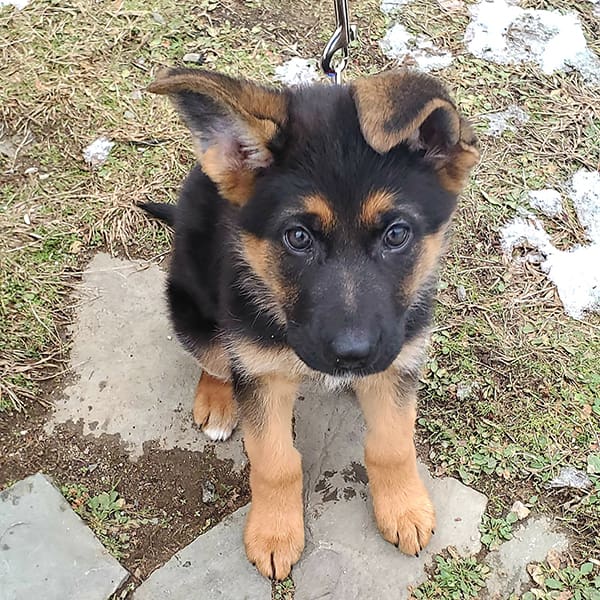
Realistic Expectations
Puppies younger than 16 weeks are akin to toddlers: great for short periods, prone to tantrums when pushed to their edge, and not ready for many activities. Puppies need the downtime of consistently assigned naptime too. Keep in mind that now is not the time to raise expectations for your young pup by driving them hard and keeping them going until they drop. You will be better rewarded with a focus on crate training, potty training, and building a leash-based relationship. Later obedience training is akin to first grade and higher expectations: think first-grader ready for desk work. With the right amount of structure during puppyhood, your pup will be ready for obedience training (Dog Coach Foundation Training) and your ideal family dog will become a reality.
Giving up on using a dog crate is the #1 thing people report when their dog is making poor behavior choices. If you notice a backslide in your dog’s behavior, go back to basics. If you’ve relaxed the crate naps and schedule, go back to consistent crate time. Even a dog that has not had regular crate time for months, even years, will be able to go back to crate naps. Start with short naps and increase the time over a few days. Dogs never forget earlier successful crate work and can surprise owners when they enjoy relaxing in their crate.
The more use of clear training tools you have at the outset, the stronger your dog’s conditioned response will be. Good choices will follow because you are shaping their behavior in comprehensive ways.
Now Offering Training in Somerville, Cambridge, Medford & Surrounding Area!
See the full list of areas served
Our In-Person Programs
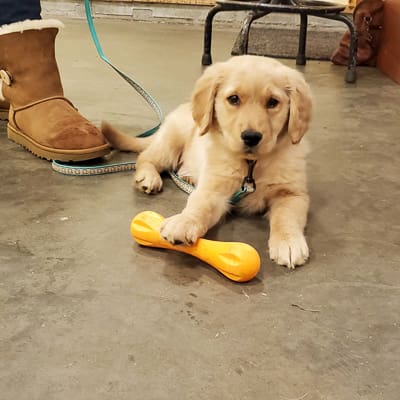
Team Puppy Training
Encourages your leadership and show how you to nurture good behavior.
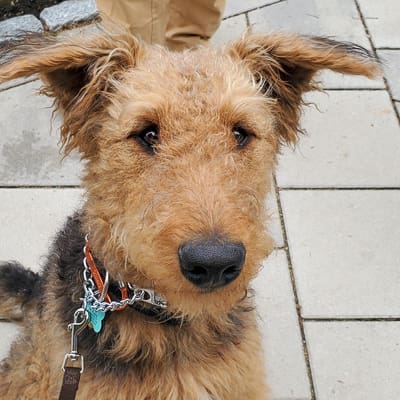
Foundation Training
Covers the basics of good dog behavior as well as some behavior modification.
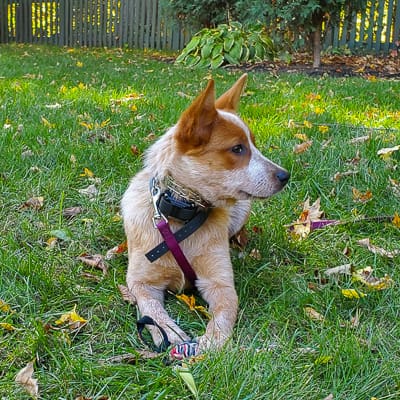
Remote Collar Training
Foundation Training with e-collar for total off-leash freedom and behavior modification.
What our clients have to say...
Dog Coach listened carefully and observed keenly my interaction and tone of voice with Bella. At nearly 6 months now, she is the best-trained dog I've had. It was a worthwhile experience!
We want to thank Dog Coach for your patience and encouragement! Our dogs are really coming into their own as the perfect family dogs we were looking for!
Such a great investment! We got a puppy and had a toddler... It was overwhelming at first. Working with Dog Coach has been the gift that keeps on giving.

